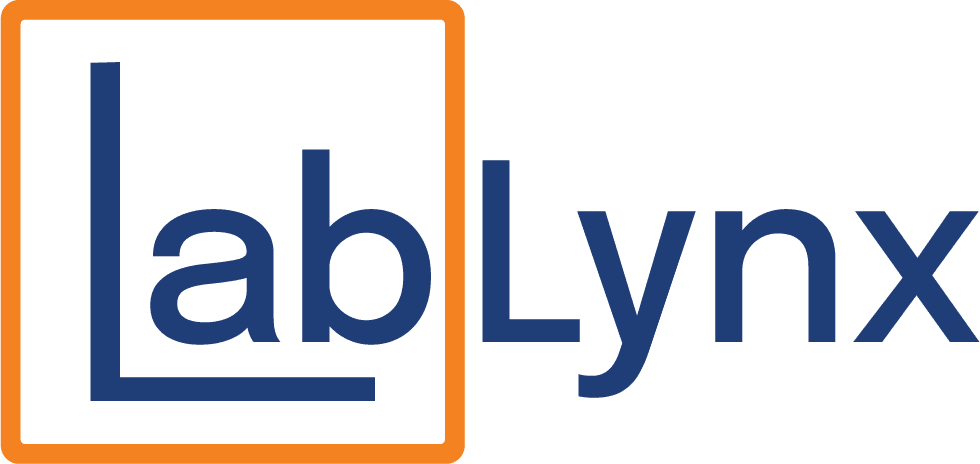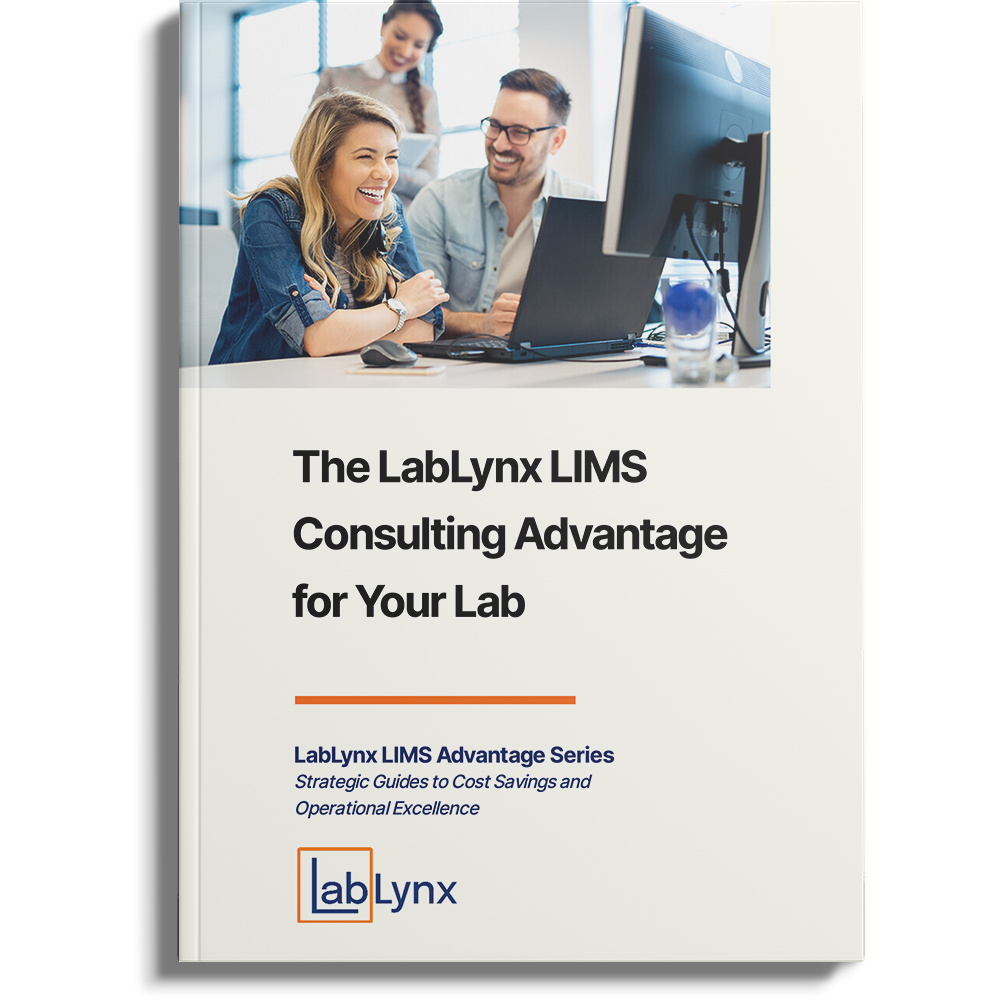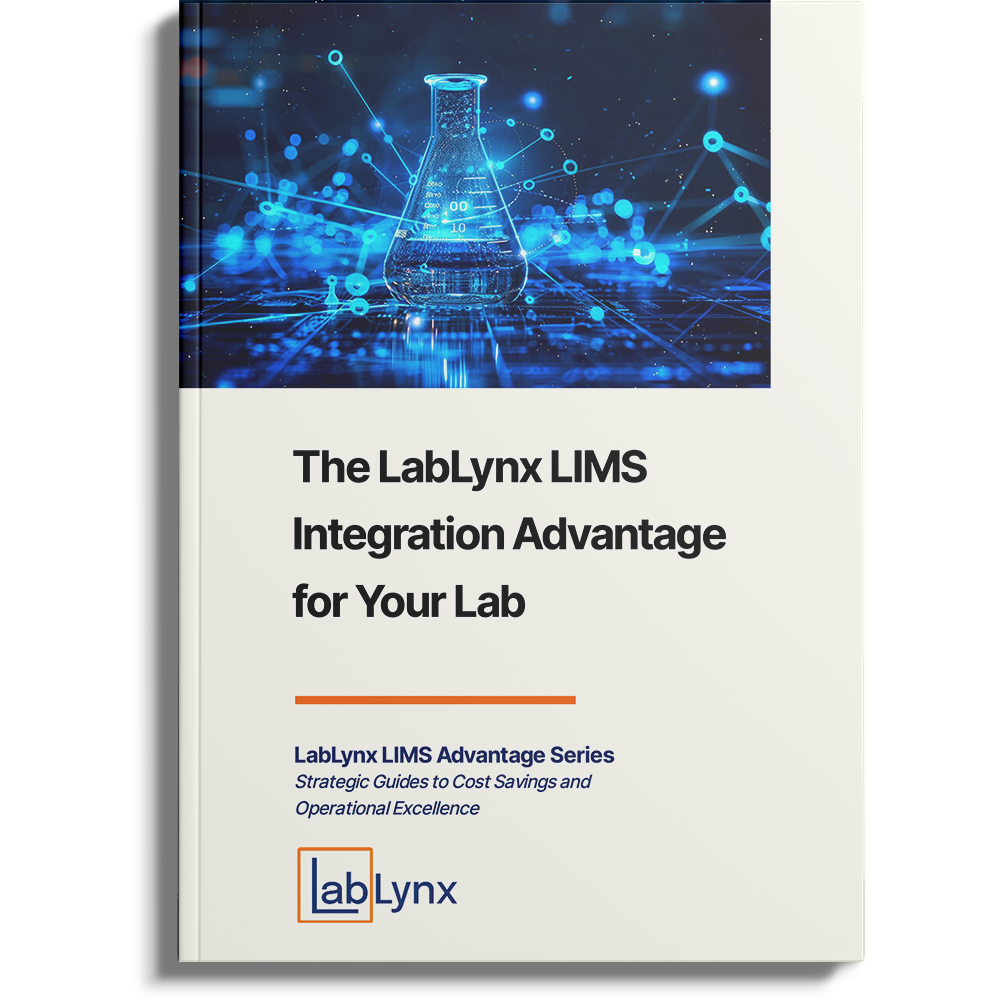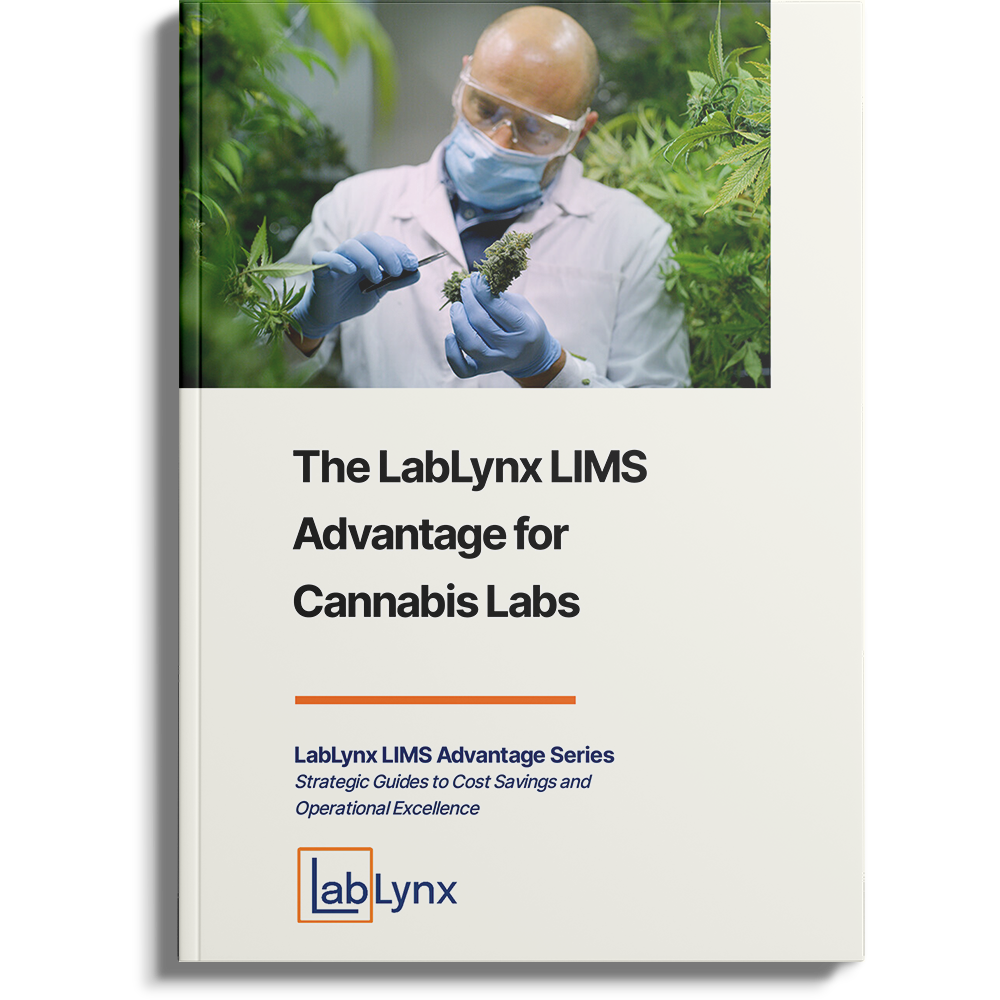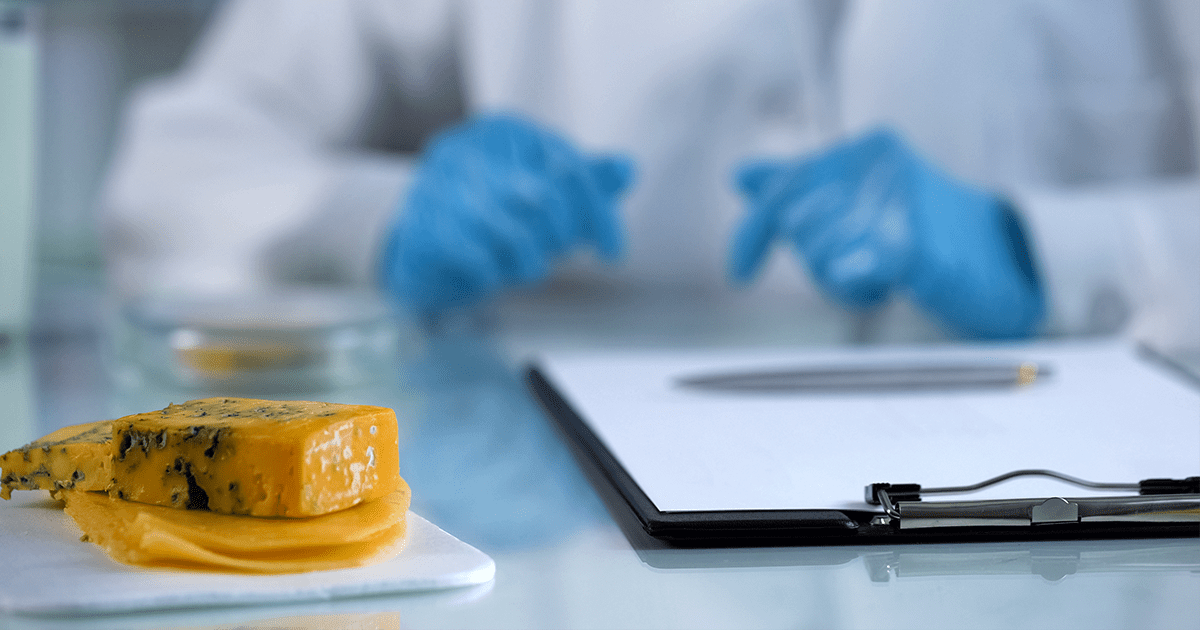
We’ve come a long way from the days of adulterated milk and frequently contaminated foodstuffs of the 1800s, with food and beverage safety and satisfaction high on the list of societal needs. Demand- and regulation-driven change (along with greater understanding of contamination types and sources) has gone some way towards improving the safety and quality of what we consume. But there’s still room for improvement, particularly in a more competitive, data-driven environment. Informatics systems have come to greater prominence in that regard, including in the laboratories that help ensure safer, higher-quality food and beverage products. This includes the laboratory information management system (LIMS), which brings with it potentials for greater traceability and improved insight into the processes of the food and beverage business. In turn, these gains should benefit consumers, but the path isn’t necessarily clear.
This brief article attempts to provide some background on how a LIMS benefits these labs (and the larger overall business), and in turn increase the potential of benefiting the consumers of a variety of foods and beverages.
LIMS and its intersection with consumer safety and satisfaction with food and beverage products
We all need clean water and nutritious, safe food. From farm to table, today we’ve come to expect that growers, harvesters, manufacturers, and distributors will engage in practices that encourage the safety and satisfaction of the foods and beverages we consume. This was not always the case, as it wasn’t until the mid- to late 1800s that recognition of bacterial and other forms of contamination occurred in foodstuffs, beverages, and ingredients.[1] With growing acknowledgement of the detrimental health effects of dangerous contamination of and adulteration with toxic substances, additional progress was made in the realm of regulating and testing produced food and beverages—as well as monitoring public health outcomes—by the 1940s.[2] Today, greater need for monitoring public health outcomes of foodborne illness, paired with stricter regulations and enforcement on participants of the food and beverage supply chain, has necessitated a more robust approach to handle and make sense of increasing amounts of and increasingly complex data and information.[3][4][5] Traditionally handled manually, these paper-based approaches have given way to smoother, more inline digital approaches to maintaining the safety and satisfaction of consumer-driven demand for quality foods and beverages.
A wide variety of data and information can be found in the food and beverage business, just like any other business, from financial records to departmental policies and procedures. But when it comes to food and beverage safety and satisfaction (i.e., quality), we’re largely talking about data and information related to verification and end-point analyses (e.g., ingredient testing for purity, environmental monitoring on the manufacturing floor, quality control [QC] before packaging) conducted by in-house or third-party laboratories. Here, one of the more likely information management solutions to be found is the laboratory information management system (LIMS). But what potential does such software have towards the goal of providing safer, higher-quality products for consumers?
Food safety and quality are driven not only by a business’ own internal goals but also by the accrediting and regulatory bodies imposing a set of operational best practices and data management requirements on the business. As such, mindful LIMS implementation has the potential to improve laboratory workflows and workloads while enhancing food and beverage safety, quality, and compliance in a number of ways. A fragmented mix of paper-based and electronic information sources can be a detriment to the traceability of or rapid accessibility to ingredients, additives, QC samples, standard operating procedures (SOPs), environmental monitoring data, chain of custody data, and other vital aspects of food and beverage production. A well-implemented LIMS can reduce the silos of information and data, while at the same time make that information and data more secure and readily accessible. Given the regulatory demands for providing rapid proof of traceable product movement and relevant QC data, the LIMS acts as the central integrator and audit trail for that information.[6][7][8] Because the LIMS improves traceability—including through its automated interfaces with instruments and other data systems—real-time monitoring of supply chain issues, QC data, instrument use, and more is further enabled, particularly when paired with configurable dashboards and alert mechanisms. By extension, food and beverage producers can more rapidly act on insights gained from those real-time dashboards.[6] This is also means that the food and beverage testing lab can react more rapidly to issues that compromise compliance with certification to the ISO/IEC 17025 standard or Food and Drug Administration (FDA) Food Safety Modernization Act (FSMA) requirements.[9][10][11][12] Finally, many modern LIMS tailored to the food and beverage industry come pre-configured out of the box with analytical and QC workflow support tools that can be further optimized to a lab’s unique workflow.[13]
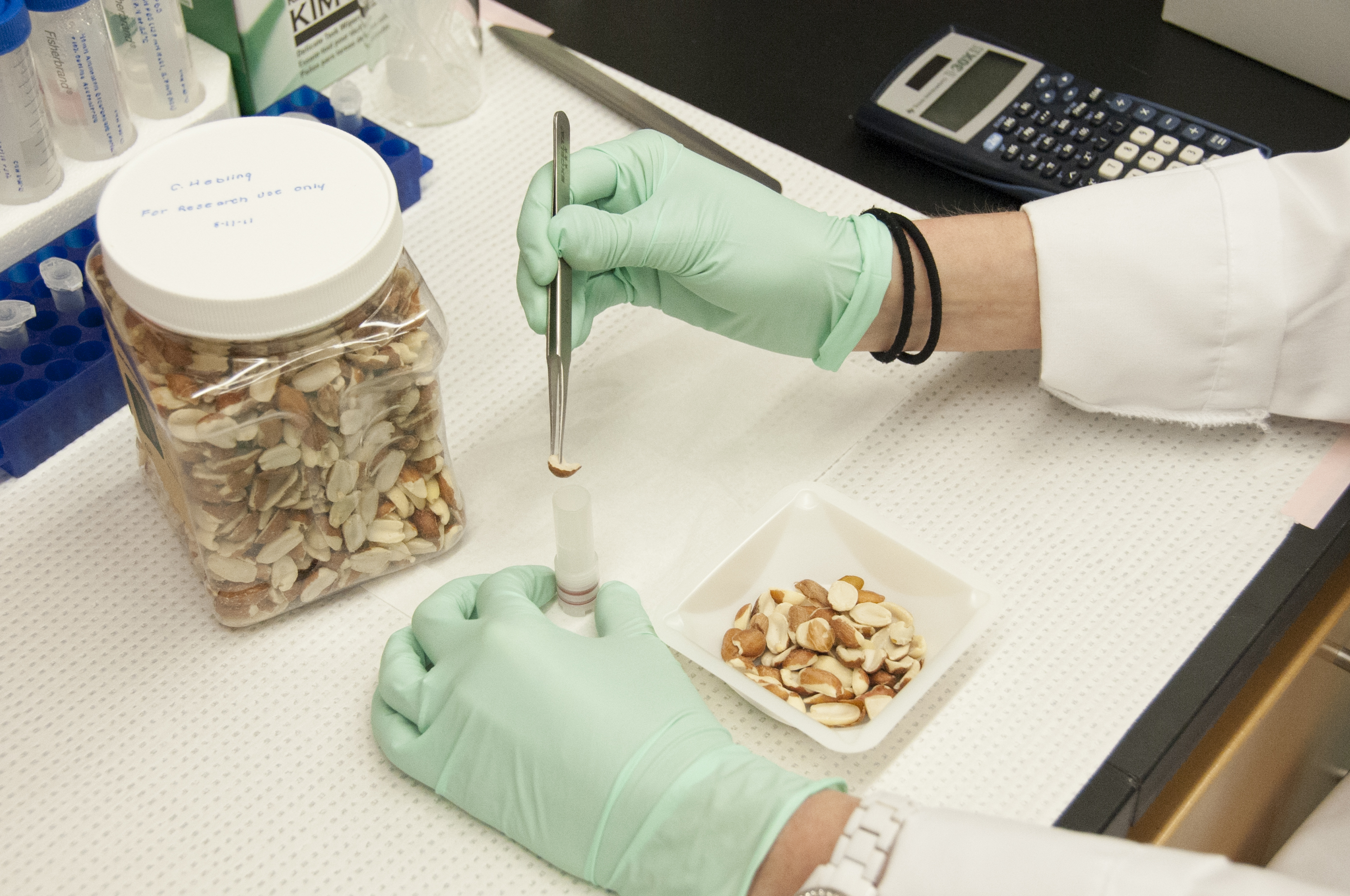
So far, this has largely addressed what a LIMS can do for food and beverage laboratories and their efforts towards accurate, timely analytical results of verification and end-point testing. But how do these LIMS benefits translate into potential improvements in food and beverage safety and satisfaction for the end consumer? Primarily, traceability—mentioned above in the context of fragmented data and information, as well as regulatory pressure—is huge for the industry, and by extension the final consumer. Prajapati of Anand Agricultural University addresses the importance of traceability for most everyone involved with foods and beverages[14]:
From a consumer perspective, traceability helps to build trust, peace of mind, and increase confidence in the food system. For the growers, traceability is part of an overall cost-effective quality management system that can also assist in continuous improvement and minimization of the impact of safety hazards. It also facilitates in the rapid and effective recall of products, and the determination and settlement of liabilities. The link between traceability & quality and safety consumer perceptions show an increasing concern about food safety and properties of the food they buy and eat. The information available from labeling conventions does not always translate into more confidence. It has been recognized that there is an increasing need for transparent information on the quality of the entire food chain, supported by modern tracking and tracing methods.
In this case, a LIMS’ ability to aggregate data and information, track supply chain and onsite ingredient and product changes throughout the process workflow, and integrate analytical instruments means a more timely and proactive approach to safety and quality within the business, which translates to safer, higher-quality foods and beverages for consumers. The business can more nimbly identify and act upon issues that compromise compliance to internal and external quality, regulatory, and accreditation requirements. The LIMS that provides quality- and industry-specific tools—such as supporting stability studies, recipe management, hazard analysis and critical control points (HACCP) plans, randomized and regular interval environmental testing schemes, and robust alerting to non-conformances[15]—arguably makes the food and beverage business better positioned to identify and correct deficiencies all along the supply and process chain.
However, a LIMS can’t directly improve all aspects of safety and satisfaction. Take for example the 2024 death of dancer Órla Baxendale while visiting the U.S. She had consumed cookies that were mislabeled, not indicating that peanuts had been added to the recipe. In that case it appears improper communication of supplier changes occurred (i.e., human error), and labeling was not properly updated as a result.[16] Even here, however, some level of traceability (possibly improved through electronic systems like a LIMS) still allowed the mislabeled cookies to quickly be identified, tracked down, and recalled, as Prajapati puts it, in turn improving “the determination and settlement of liabilities.”[14] The death of someone due to mislabeled cookies is indeed tragic, and cases like it still occur in the face of modern safety improvements across the industry. However, the intersection of food safety and informatics surely continues to hold promise in the fight against foodborne illness.[6][17]
Conclusion
This brief topical article sought to answer how the use of a LIMS in a food and beverage business translates to safer, more satisfied consumers. Noting the historical transition from low to high levels of awareness and regulation over the past 150 years, and the associated challenges for food and beverage businesses towards meeting market-, regulation-, and accreditation-based requirements, paper-based systems are being replaced with electronic ones. This transition has included the LIMS in in-house and third-party food and beverage labs, which brings with it a number of benefits to the lab. However, those benefits extend to the overall food and beverage business, and then to consumers. The way a LIMS helps manage data and information, as well as improve traceability, trend insights, and QC, proves valuable to everyone involved in the chain, including the consumer. That path isn’t directly obvious, but linking lab-driven traceability and insight to consumers’ satisfaction and well-being post-consumption comes clear. However, the LIMS isn’t a panacea, as human error can still creep in and muddle the overall process. That said, the LIMS may still be able to play a positive role in helping to more rapidly identify even human error and how to make improvement for the future.
References
- Roberts, Cynthia A. (2001). The food safety information handbook. Westport, CT: Oryx Press. pp. 25-28. ISBN 978-1-57356-305-5.
- Hardy, A. (1 August 1999). “Food, Hygiene, and the Laboratory. A Short History of Food Poisoning in Britain, circa 1850-1950” (in en). Social History of Medicine 12 (2): 293–311. doi:10.1093/shm/12.2.293. ISSN 0951-631X. https://academic.oup.com/shm/article-lookup/doi/10.1093/shm/12.2.293
- Marvin, Hans J. P.; Janssen, Esmée M.; Bouzembrak, Yamine; Hendriksen, Peter J. M.; Staats, Martijn (24 July 2017). “Big data in food safety: An overview” (in en). Critical Reviews in Food Science and Nutrition 57 (11): 2286–2295. doi:10.1080/10408398.2016.1257481. ISSN 1040-8398. https://www.tandfonline.com/doi/full/10.1080/10408398.2016.1257481
- Jin, Cangyu; Bouzembrak, Yamine; Zhou, Jiehong; Liang, Qiao; van den Bulk, Leonieke M.; Gavai, Anand; Liu, Ningjing; van den Heuvel, Lukas J. et al. (1 December 2020). “Big Data in food safety- A review” (in en). Current Opinion in Food Science 36: 24–32. doi:10.1016/j.cofs.2020.11.006. https://linkinghub.elsevier.com/retrieve/pii/S2214799320301260
- Pierquet, J.; Lozinak, K.; Fruechting, P. (12 October 2022). “TechTalk Podcast Episode 4: Data Exchange in the New Era of Smarter Food Safety”. New Era of Smarter Food Safety TechTalk Podcast. U.S. Food and Drug Administration. Retrieved 14 February 2024. https://www.fda.gov/food/new-era-smarter-food-safety-techtalk-podcast/techtalk-podcast-episode-4-data-exchange-new-era-smarter-food-safety
- Smith, K. (2 July 2019). “Integrated Informatics: Optimizing Food Quality and Safety by Building Regulatory Compliance into the Supply Chain”. Food Safety Tech. Retrieved 14 February 2024. https://foodsafetytech.com/feature_article/integrated-informatics-optimizing-food-quality-and-safety-by-building-regulatory-compliance-into-the-supply-chain/
- McDermott, P. (31 July 2018). “How Digital Solutions Support Supply Chain Transparency and Traceability”. Food Safety Tech. Retrieved 14 February 2024. https://foodsafetytech.com/column/how-digital-solutions-support-supply-chain-transparency-and-traceability/
- Evans, K. (15 November 2019). “The Digital Transformation of Global Food Security”. Food Safety Tech. Retrieved 14 February 2024. https://foodsafetytech.com/feature_article/the-digital-transformation-of-global-food-security/
- Apte, A. (20 October 2020). “Is Your Food Testing Lab Prepping for an ISO/IEC 17025 Audit?”. Food Safety Tech. Retrieved 14 February 2024. https://foodsafetytech.com/column/is-your-food-testing-lab-prepping-for-an-iso-iec-17025-audit/
- Paszko, C. (19 August 2015). “Traceability: Leveraging Automation to Satisfy FSMA Requirements”. Food Safety Tech. Retrieved 14 February 2024. https://foodsafetytech.com/feature_article/traceability-leveraging-automation-to-satisfy-fsma-requirements/
- Paszko, C. (26 October 2015). “How LIMS Facilitates ISO 17025 Certification in Food Testing Labs”. Food Safety Tech. Retrieved 14 February 2024. https://foodsafetytech.com/feature_article/how-lims-facilitates-iso-17025-certification-in-food-testing-labs/
- Daniels, T. (22 March 2017). “Using LIMS to Get In Shape for FDA’s Visit”. Food Safety Tech. Retrieved 14 February 2024. https://foodsafetytech.com/column/using-lims-get-shape-fdas-visit/
- Ingalls, E. (6 August 2020). “How Advanced LIMS Brings Control, Consistency and Compliance to Food Safety”. Food Safety Tech. Retrieved 14 February 2024. https://foodsafetytech.com/feature_article/how-advanced-lims-brings-control-consistency-and-compliance-to-food-safety/
- Prajapati, M.C. (2016). “Traceability in Food Process Industry: A review”. Advances in Life Sciences 5 (7): 2522–5. Retrieved 16 February 2024. https://www.researchgate.net/profile/Virendra-Tanwar/publication/358551801_Eco-friendly_Management_of_Aspergillus_Rot_of_Pomegranate/links/627b43a83a23744a7275bcd3/Eco-friendly-Management-of-Aspergillus-Rot-of-Pomegranate.pdf#page=48
- Douglas, S.E. (September 2022). “LIMS FAQ:What are the key elements of a LIMS for food and beverage testing?”. LIMSwiki.org. Retrieved 16 February 2024. https://www.limswiki.org/index.php/LIMS_FAQ:What_are_the_key_elements_of_a_LIMS_for_food_and_beverage_testing%3F
- Brown, M. (26 January 2024). “British dancer dies in US after eating mislabelled biscuit containing peanuts”. The Guardian. Retrieved 16 February 2024. https://www.theguardian.com/society/2024/jan/26/british-dancer-dies-in-us-after-eating-mislabelled-biscuit-containing-peanuts
- Tucker, Cynthia A; Larkin, Stephanie N; Akers, Timothy A (7 November 2011). “Food Safety Informatics: A Public Health Imperative”. Online Journal of Public Health Informatics 3 (2). doi:10.5210/ojphi.v3i2.3832. PMC PMC3615782. PMID 23569605. http://www.uic.edu/htbin/cgiwrap/bin/ojs/index.php/ojphi/article/view/3832
